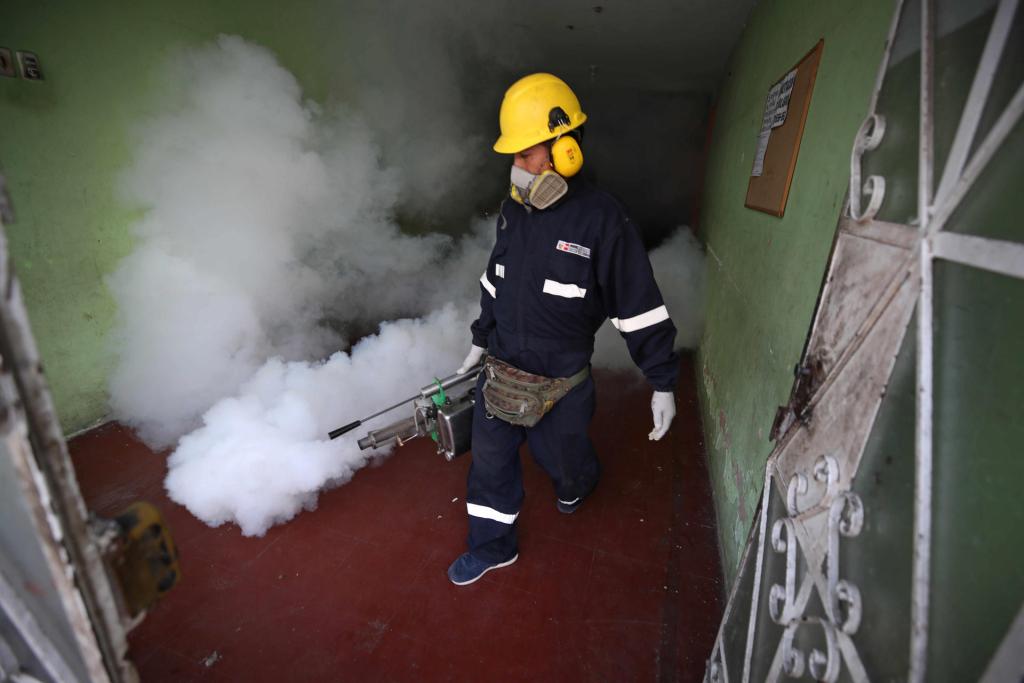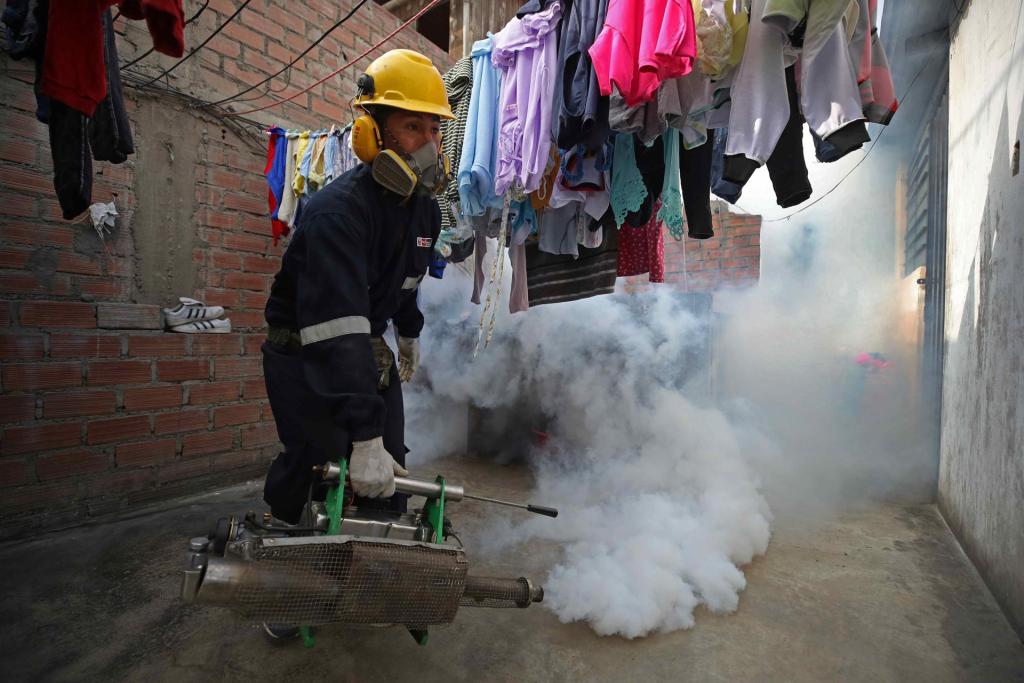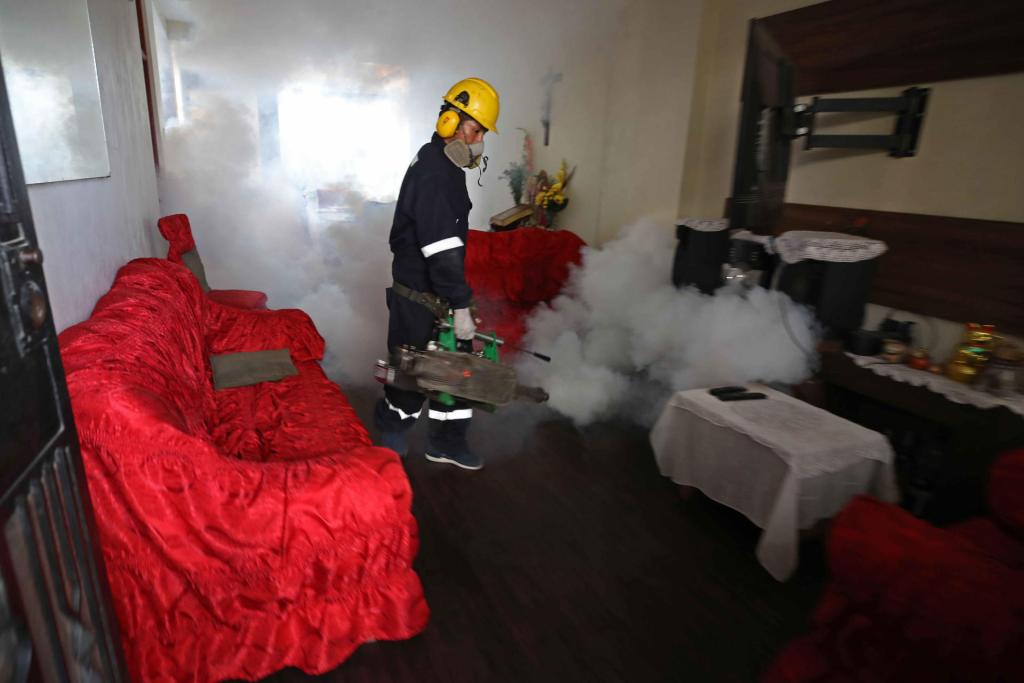
By Carla Samón Ros |
Lima (EFE).- The global increase in temperatures, the lack of access to water services and the rains and floods exacerbated by the El Niño coastal phenomenon have formed a perfect storm to unleash dengue in Peru, which lives the worst outbreak of this disease in its most recent history.
In the first four and a half months of 2023 alone, the confirmed and probable cases of dengue in the country exceed the figures recorded in all of 2017, which to date was considered the most devastating year, at least in the 21st century, of this kind. endemic disease caused by the bite of an infected mosquito.
These are the keys to the current outbreak:
1. The figures of the dengue outbreak
To date, the Peruvian health authorities have reported 79 deaths and more than 72,000 cases of dengue, half of them confirmed and the other half “probable.”
The latter, as detailed to EFE by the director of the National Center for Epidemiology, Prevention and Disease Control (CDC) of the Ministry of Health (Minsa), César Munayco, are symptomatic patients or belonging to dengue endemic areas, whose diagnosis has not been confirmed. confirmed by a test.
The real number, therefore, could be lower (or higher), although the doctor maintains that the majority of “probable” cases are later confirmed.

In any case, the total figure handled by the Minsa is the highest recorded in this century. In addition, it is almost five times higher than that of 2019 (15,287) and multiplies by fifteen the cases reported in 2018 (4,698).
It even exceeds the annual cases confirmed in 2017 (68,290), when the country suffered, among the hottest and rainiest months of the first half of the year, the consequences of the floods caused by El Niño.
The case fatality rate, however, is still “low” (0.11%), “a little lower” than in 2017, according to Munayco.
2. The causes: temperatures and floods
The director of the CDC explains that “there is a direct relationship between temperature and the impact of dengue on the population.”
The main factor behind this increase, he insists, has to do with the El Niño Costero phenomenon, its intense rains and “the problem of climate change because temperatures, in general, increase, and they are above the average and remain that way.” for quite some time.”
In Lima, for example, the summer that usually ends in March has been extended this year until May.
“These conditions quickly favor the reproduction of the mosquito, as well as shorten its extrinsic incubation period and the mosquito, quickly, once it is infected, in three or four days it is already infectious”, warns the doctor.
Another key element, he adds, is the lack of access to basic services.
“Unfortunately, in most of the country we have problems with water, water does not arrive 24 hours a day, and in some areas the populations have to store it in containers for consumption and washing,” says Munayco, after recalling that the mosquito that transmits dengue, “aedes aegypti”, forms where there is stagnant water.
3. Lima on alert
In “normal” years, this disease mainly strikes the northern and jungle (eastern) regions of Peru. In fact, in 2017, the northern department of Piura, bordering Ecuador, concentrated more than half of all cases reported nationwide.
This year, Piura, one of the areas most affected by rains and floods, repeats as the region with the most cases of dengue, with more than 20,000, although it has not yet reached 2017 levels.
It is followed by the Amazonian regions of Loreto and Ucayali, as well as the coastal region of Ica, which concentrates the highest number of deaths (19).

Alarms also went off in Lima, where a third of the country’s population lives and where dengue cases amount to 5,260. A figure 560% higher than last year (938) and 14.5 times higher than that registered in all of 2017 (362).
Munayco adds that, in most cases, patients develop asymptomatic or mild symptoms of the disease, whose symptoms are usually fever, headache and skin rashes, but warns that older adults, pregnant women and people with comorbidities are risk groups.
4. Health emergency due to dengue outbreak
Individual prevention of dengue involves protecting yourself from mosquito bites and avoiding being exposed to stagnant water. So far there is no vaccine and no specific treatment.
“The vaccine has not yet been approved by the technical committee of the (Pan American Health Organization) PAHO (…) Immediately they approve it, it will be made available through the revolving fund and the country will acquire the vaccines,” says the director of the CDC.
For now, the Peruvian government has declared a health emergency in 222 districts in 20 regions of the country, out of a total of 25, to redouble disease prevention and control actions.
These include, among others, spraying in neighborhoods and transfers to regional governments to expand medical care and avoid saturation of a health system that has been greatly weakened over the last decades, which recently condemned the country to the highest rate mortality in the world from covid-19.
The entry The keys to the worst dengue outbreak of this century in Peru was first published in EFE Noticias.






